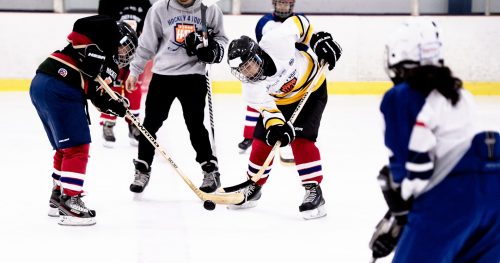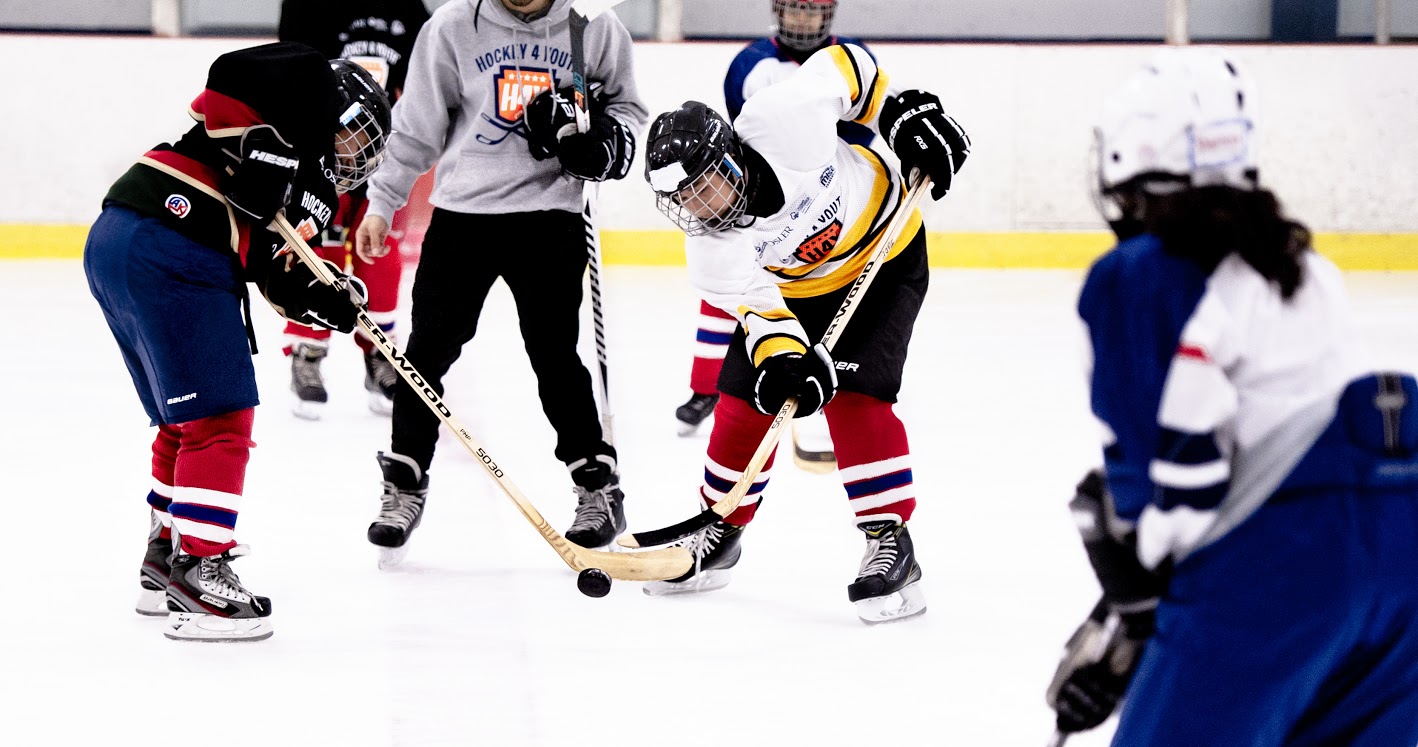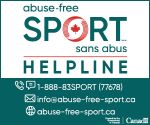Newcomer hockey program empowers youth
 Moezine Hasham owes his hockey career to a thoughtful neighbour.
Moezine Hasham owes his hockey career to a thoughtful neighbour.
The Canadian-born son of Ugandan refugees of Indian descent, Hasham grew up in a diverse, multicultural community in Vancouver. Unfortunately, that wasn’t the case on the ice. He was approximately five years old and had never stepped foot on a hockey rink when a friend’s mother offered her son’s hockey equipment and encouraged his parents to give it a try. As it turned out, it was an endeavour that carried him through childhood and all the way to the University of Northern British Columbia in Prince George. When he pictures his life now, he doesn’t know what it would’ve looked like without that outlet, that sense of community and belonging.
“My parents faced a lot of barriers. My grandfather had built a business empire in Uganda, but we ended up leaving the country with nothing. We lived in very difficult circumstances. The one thing we had was a strong community,” Hasham said, following a presentation on newcomer hockey for the 2020 Sport for Life Canadian Summit.
Hasham wears a number of hats these days, but his primary role is Executive Director of Hockey 4 Youth, which he founded in 2015. It started as a high school pilot project before expanding to other Canadian cities including Ottawa and Montreal. And while the average cost per year of playing hockey is around $4,000, they were experiencing it completely free. Starting with a number of Syrian refugees at Marc Garneau Collegiate Institute in Toronto, the program has now welcomed players from 32 different countries such as Jamaica, Pakistan and Vietnam. It also has been intentional about making the program accessible to both girls and boys.
“Our main focus was to target newcomers, new arrivals, many of whom didn’t speak English. Our first year I remember there was a nice mix, with some kids who didn’t even know what hockey was. Through our videos and presentation, though, we were able to spark their curiosity,” he said.
“We made it easy for them, and digestible.”
By the end of their 18 weeks in the free program that provides equipment and coaching, many of the players progress at an astonishing rate. Some have gone from not being able to skate to even learning how to play goalie. . All of the youth are then invited to a year-end tournament in which they’re matched up with competitors of a similar skill set. Now that the program has grown to eight high schools in 3 cities, the year end celebration will expand. .
“We know we’re having a palpable impact. We often talk about how 80 per cent of the players report feeling socially included. They feel better about their physical and mental health. The data is there, the anecdotes are there. We know we’re having this impact so the next step is trying to figure out where we go from here,” said Hasham, noting funders like MLSE Foundation and Canadian Tire Jumpstart Charities have provided crucial funding.
“I’ve always known this game could be inclusive, but we had to create opportunities for people to try it in a safe environment.”
Hasham’s vision doesn’t stop at the ice, though. He also takes the players on field trips to places such as Ryerson University, where they can hear from motivational speakers, do a campus tour and learn about financial literacy. He understands that the hockey system is going through some challenges currently, which is why his tactic is starting from the ground up. As negative headlines dominate the news cycle, he’s quietly working to create a next generation that will fall in love with the game and play hockey throughout their lives.
“All we’ve done to ameliorate the issues we’re seeing in hockey, which have an inevitable trickle-down effect, is to create an entirely different delivery model where there’s no financial pressure on families and it’s a comprehensive approach, not only focusing on hockey but also life skills off the ice. That’s what makes it inclusive,” he said.
For Hasham, it feels like it’s all been worth it when he hears the widely varying stories of his participants. One of them is Brittany Morrison, a Jamaican immigrant who arrived in Canada in January 2018. She had never been on skates before but wanted to try it out. He was amazed that she didn’t fall during her first day on the ice, and then a year later she skated alongside NHL star Mitch Marner as part of a fundraiser for the program. She’s a great example of someone who has displayed perseverance and a dedication to active living and multisport, going on to win the Toronto District School Board city championships in wrestling in 2019.
For Kabir Hosein, Sport for Life’s Senior Manager of Operations and a Canadian newcomer from Trinidad and Tobago, the most impressive thing about Hockey 4 Youth is the way it’s taken a traditionally expensive sport and made it accessible for low-income families. He knows firsthand some of the challenges facing newcomers and applauds Hasham and his team for fostering that strong sense of community which enables newcomers to feel safe and socially included.
“In the Caribbean we often say ‘it takes a village to raise a child’. What Hockey 4 Youth has accomplished was made possible by eliminating the cost to parents, which can be a major barrier. This has provided a valuable opportunity for newcomers to participate in a quality sport program which they would not normally have been able to partake in,” said Hosein.
“All parents’ ultimate dream is for their kids to flourish and that support begins with providing them with a safe and encouraging environment. Hopefully other programs will follow their example in the future.”
For more information on engaging newcomers in sport and physical activity, check out our resource Sport for Life for all Newcomers to Canada.


